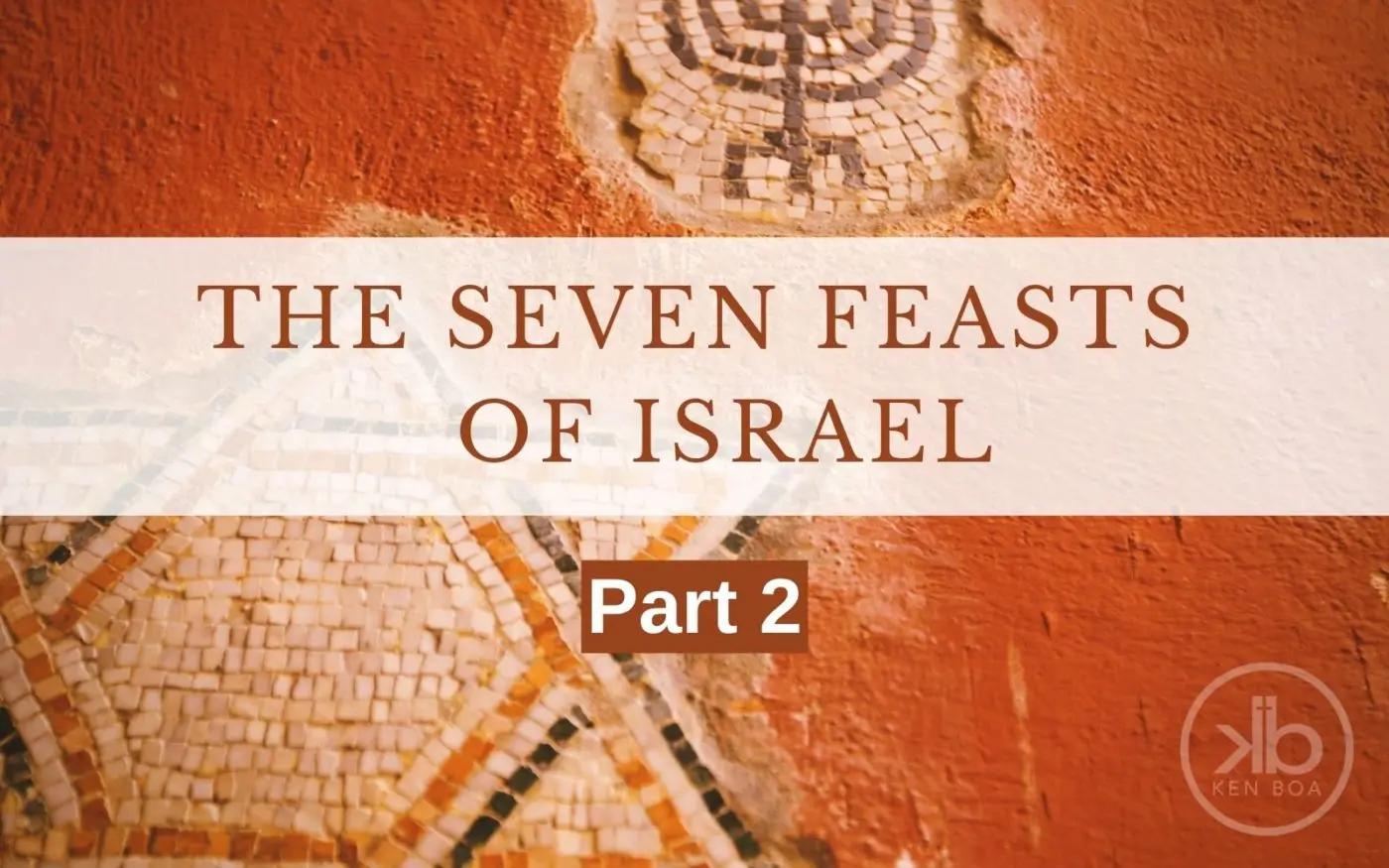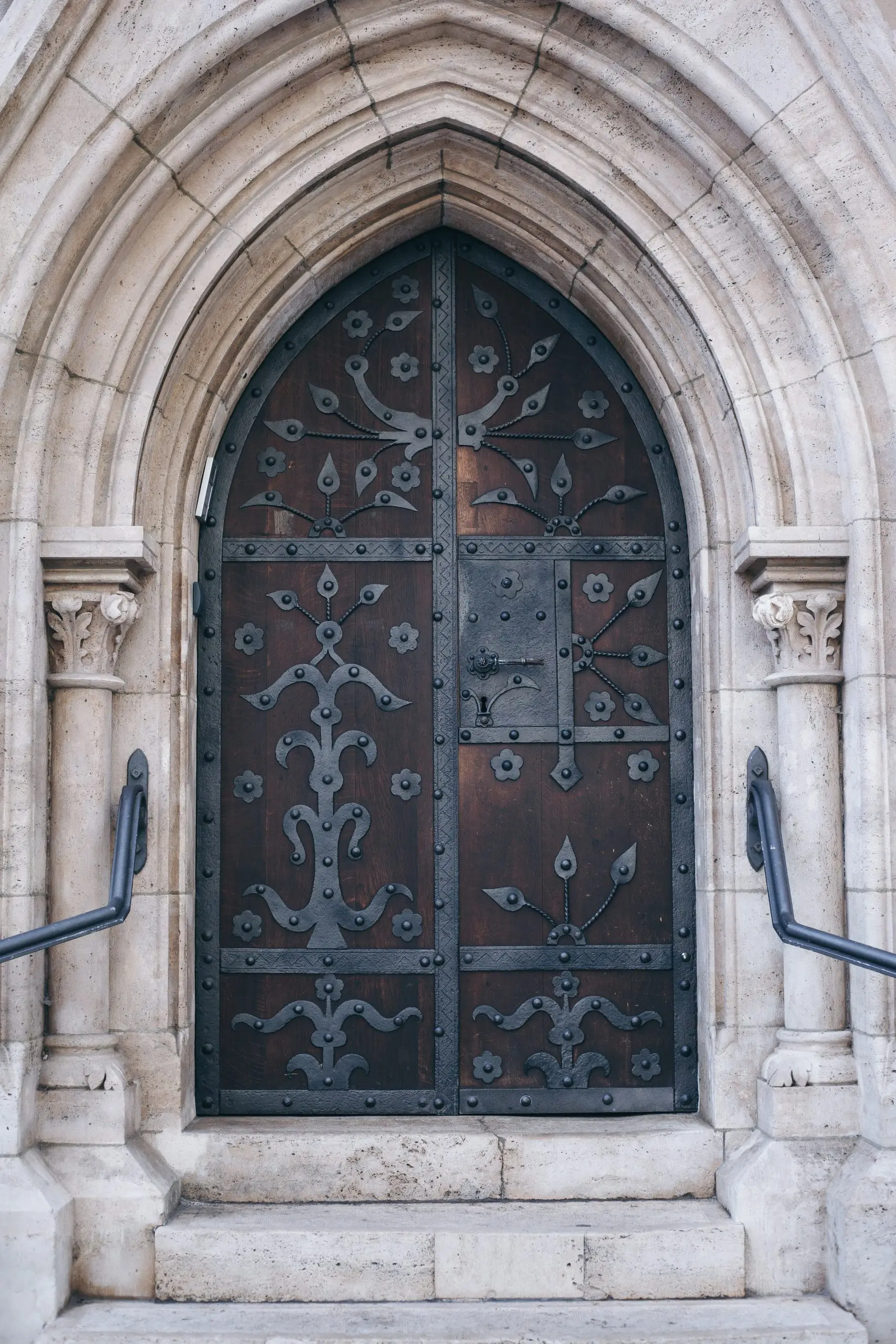Both the Passover and the Feast of Unleavened Bread represented the Israelites’ deliverance from bondage in Egypt. With the coming of Jesus Christ, however, they were fulfilled and their meaning was explained.
Passover
The Passover commemorates Israel’s redemption from slavery in Egypt. The blood of the slain Passover lamb stood in the place of the firstborn of each family so that the firstborn would not die. This feast is the foundation for the other feasts because of its focus on memorialization and preparation.
In the New Testament, we see an even greater Passover Lamb. It was no accident that Christ’s crucifixion occurred at the same time and on the same day as the Passover: He is the fulfillment of this feast. His sinless life and His voluntary sacrifice provide redemption for all who turn to Him.
We see this in 2 Corinthians 5:21: “[God] made Him who knew no sin to be sin on our behalf, so that we might become the righteousness of God in Him” (NASB). Our sin is imputed to Christ, and His righteousness is imputed to His. The sacrifice of this Lamb brings us true salvation.
The Passover, then, is fulfilled by Christ’s redemptive death.
Unleavened Bread
The Feast of Unleavened Bread took place the day after Passover and lasted for seven days. Similar to the Passover, this is a feast of commemoration, causing the Israelites to remember their deliverance from Egypt. They purged leaven from their midst and sacrificed daily to the Lord. The removal of the leaven represented their separation from the Egyptians, the world.
Christ fulfilled this feast by bringing us to salvation, cleansing us from sin, and separating us from the world. Because He sacrificed Himself, we are to lay aside our old selves (symbolized by leaven) and to put on the new self (symbolized by the removal of leaven).
The Feast of Unleavened Bread, then, represents our ongoing sanctification in Christ as new creations.
Click here for more information about Ken Boa’s Sunday Morning Study.



